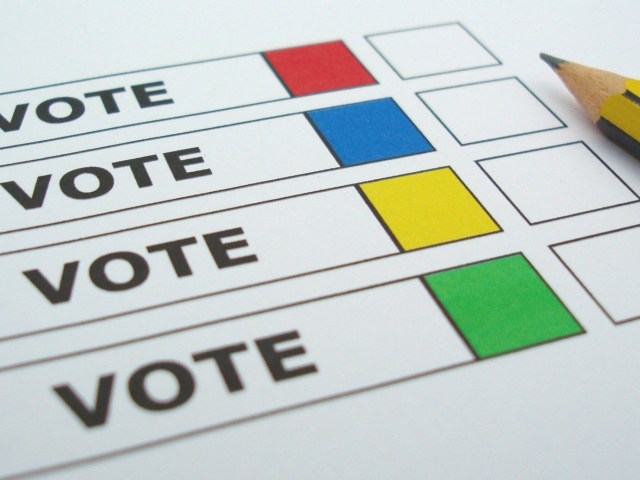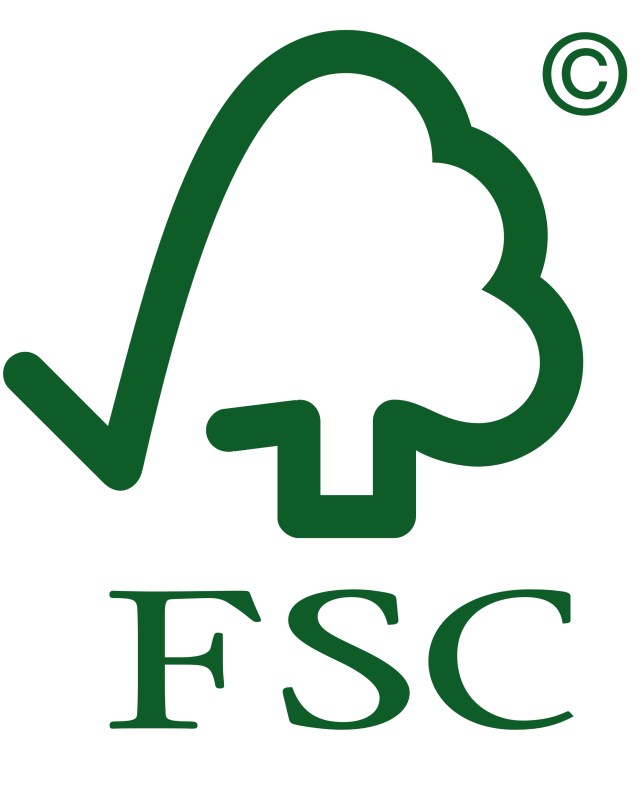
When a person walks into a shop, what is the likelihood they will intentionally purchase something because it is environmentally sustainable? Most will choose something that is shiny, practicable, new, looks good, fits well and is economical. There is a significant body of research that reveals that despite what average people say in surveys and to their friends, when it comes to getting money out of their pocket, the environment carries little weight in the decision. I’d like to say this isn’t the case, but the environment rates lowly at cash registers around the world. So why do individual companies engage in environmental programs to such an extent? It seems like a lot of effort when it’s unlikely they’ll be able to garner a price premium.
Firms should not see environmental performance as an isolated issue. A lot of managers have subtly redefined ‘sustainability’ to mean ‘financial sustainability’. The work companies do in the environmental space is a part of building the reputation of the firm.
Green credentials might not have a market value but reputation does. For instance, research into sales on eBay calculated the actual value of an increased reputation as an 8% premium on the price customers were prepared to pay. Given the choice of buying exactly the same product, a purchaser is more likely to buy from a seller with a good reputation than from someone less reputable.
So what is reputation? Professor Robert Ulmer from the University of Arkansas refers to a firm’s reputation as the “reservoir of goodwill” built up over time. Reputation, said Ulmer, is not something that can be created in a short period of time; it is the construction of a “feeling” that stakeholders have about an organisation that is not dependent on a single issue, like the environmental performance of the firm or a logo.
A firm that builds reputation over time will gain the trust of the consumer. Some managers talk about building trust in their business. A firm can’t build trust. Trust is given to a firm when reputation exists. Trust has a one-way direction.
Simply collecting a range of certification logos as a way of elevating status is missing the point. The market will not choose the certified firm over another firm that has a higher reputation (although it is likely the firm with a higher reputation also has those certifications anyway). So how does a firm go about increasing its reputation? The answer is that it comes back to building value over time.
Reputation is doing what is expected over time. In manufacturing, this means there is an expectation that going beyond what is expected is what the market expects.
So in the case of environmental issues, many measures are done at a point in time, ie a company gets PEFC chain of custody certification for example, or ISO 14001. The firm needs to continually remind the consumer that one or a number of certifications are in place. The market leaders around the world continually remind their consumers what their firms have achieved. This is using time as a reputation-building tool. Getting the certification occurs at a point in time and has no absolutely no market value at all, according to research.
The obvious way managers can build reputation and, therefore, have a trusted business is to be continuously reliable, building a reservoir of goodwill. According to Professor Ulmer, when a company has a well-filled “reservoir of goodwill” they can withstand small (and occasionally big) problems they might have in dealing with their customers. Often how a firm deals with a problem will then further add to the volume of goodwill.
Phillip Lawrence is a consultant and speaker who specialises in print and the environment. He consults for paper firms, including Asia Pulp & Paper
Comment below to have your say on this story.
If you have a news story or tip-off, get in touch at editorial@sprinter.com.au.
Sign up to the Sprinter newsletter


